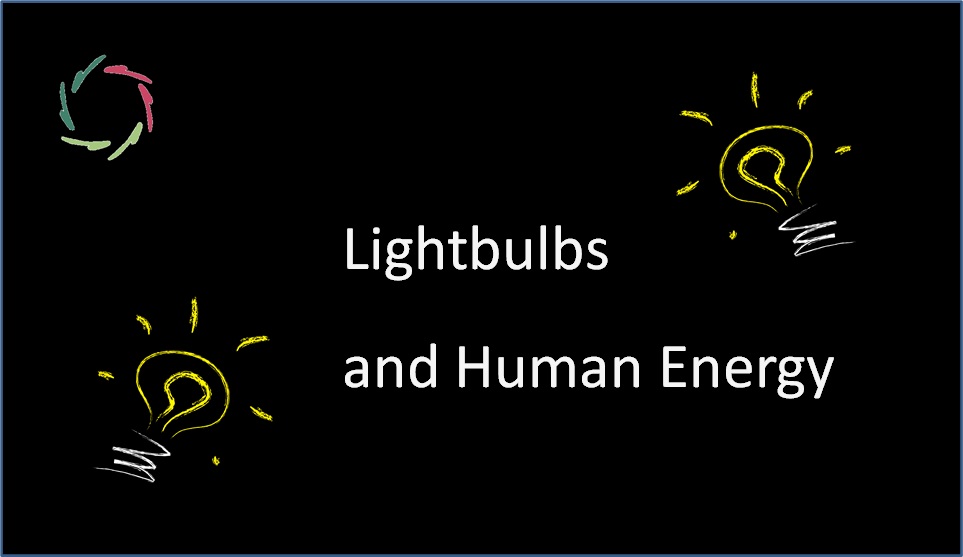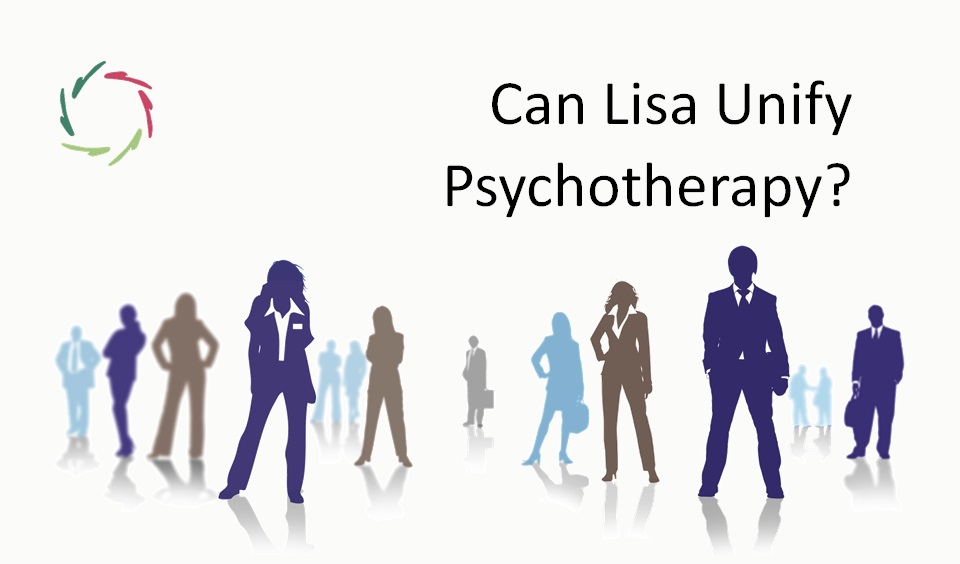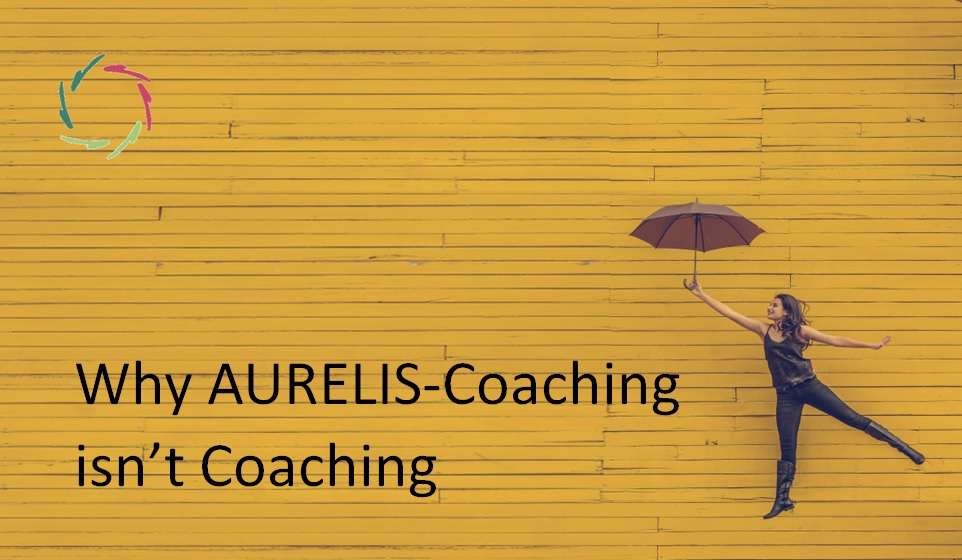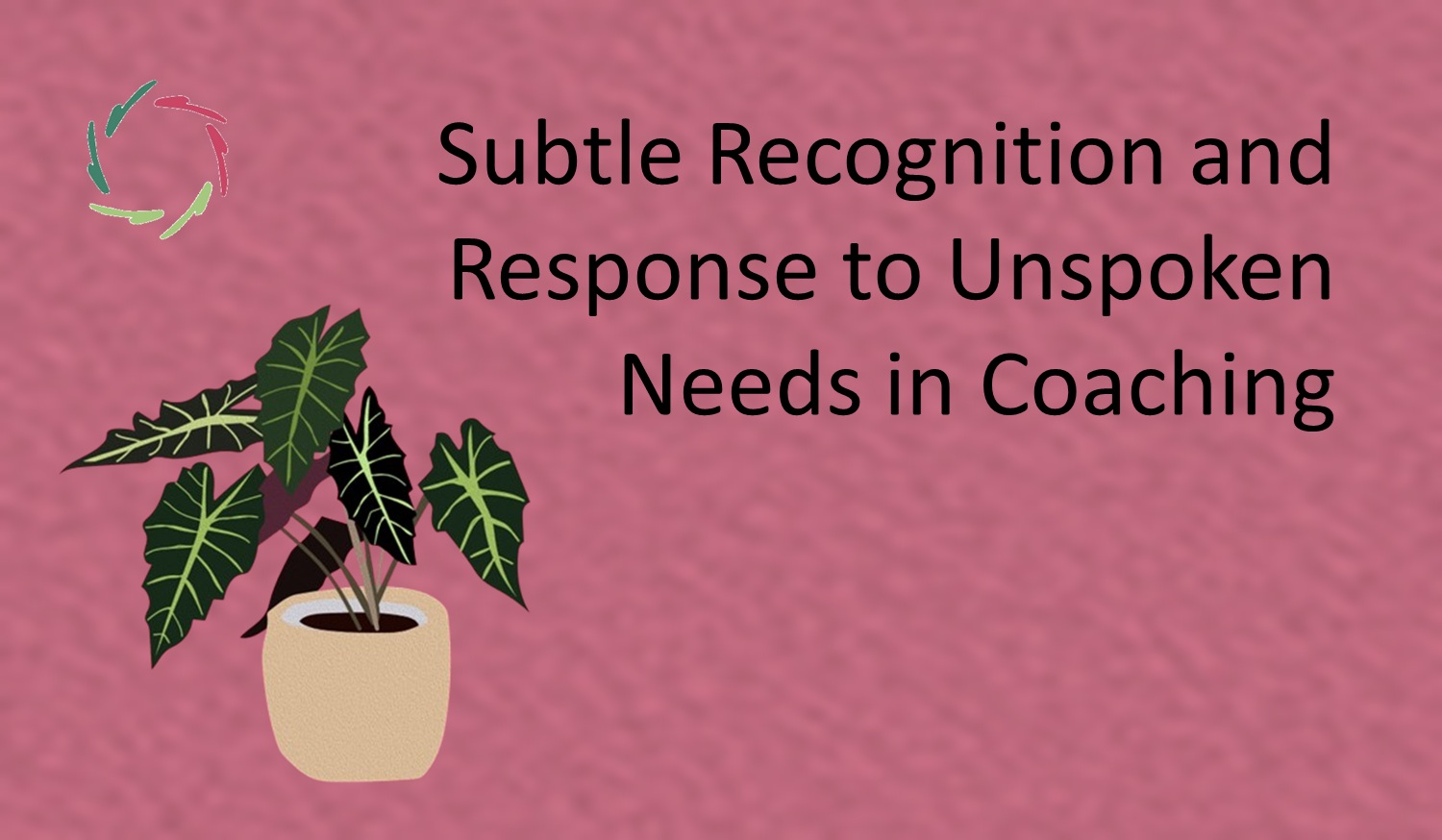Lightbulbs and Human Energy

Please read first [see: “Dimming the Lightbulbs“]
You can also view the image of the lightbulbs from a different angle. That is: the underlying glow of the lights is ‘human energy,’ or motivation, deeper and deeper as you enter a more meaningful and vague domain
Where does the ‘glow’ ultimately come from?
You may say: from a kind of luminous canvas that is not only background but also source. Is this source within you?
Is this outside of you? Is it important to ‘know’ this? Can you ‘know’? Very difficult is an appropriate recognition and deep feeling of the following answer: “It doesn’t matter.” What does matter in any case is: The conceptual light does not come from the lightbulbs themselves.
You can look at these lights as a kind of prisms that channel the vaguer light but are not the origin of it.
This, of course, goes a long way in principle.
You can even see something ‘religious’ in it, as described in the poem below, something with a huge depth.
What is also of most significant importance is that all ‘energy’ does indeed come from deeper and realizes itself through the ego, among other things. That is to say: Even ego-wise motivation is energy from the deep.
This has a significant consequence: it is not OK to just strive for the ‘destruction of the ego’ because then you will destroy yourself! With such an attempt, you create an enormous and justified resistance within yourself (and others).
I’m personally quite categorical about this:
Allow your ego, but in the meantime, strive for deepening.
Go back and forth between conceptual and non-conceptual thinking. Then you get a picture of the entire reality; then you are present in this whole reality; then you experience your total self.
Then you give colors to all kinds of things.
Then you make sure that what merely ‘is’ actually exists.
For example, there is a big difference between striving for power and striving for Power.
Yet in the ‘little pursuit of power’ (I and the rest can suffocate), its ‘energy’ is the same as the very underlying ‘energy.’ The shape is different, but the material is the same.
So you can safely continue on the ‘path of small power,’ but of course not just like that. You can support someone (a young aspiring leader) on his path to power and at the same time continuously plant the seeds that make him (or her) more and more open to the (much) greater Power.
Then hopefully, he will become a real future leader.
The principle is simple:
If you bring enough depth in power, then you naturally reach the dimension of Power.
When, on the other hand, power with a small ‘m’ constantly replaces the other, then it fills everything and stops Power. Then you get the kind of leader who has the capabilities but doesn’t realize them. Then, in the end, only the small is visible.
In ancient China, people also thought of this,
especially in Taoism. Great importance was attached to the ‘knowledge of the emperor.’ The fate of the whole empire was seen to depend on this, namely:
The emperor ‘knows’ -> everything goes well.
The emperor ‘doesn’t know’ -> everything goes bad.
A ‘knowing’ emperor had Power. The emperor himself did not have to do anything (according to this philosophy). The ‘knowing’ was enough. The rest came ‘as by itself’ spontaneously, organically.
The subjects of an emperor who ‘knows’ automatically do the right thing, and the whole country prospers.
Of course, this is also a parable about each individual (the empire) and his thinking (the emperor) that aims for small control (‘doesn’t know’), or can let go of this in favor of a larger and deeper control ( ‘knows’).
Well, an immediately relevant way to interpret this ‘knowing’ is the following:
‘LETTING GO’ IS DEEPENING.
‘Letting go’ in this deep sense is not just ‘letting go.’ It’s more like ‘going along.’
Whenever the ‘I’ ‘wants’ something, you can be sure that this ‘wanting’ hints at a more profound ‘wanting.’
Then don’t just let go of this ‘wanting,’ but fall into depth together with it. So:
• Don’t fight your smoking addiction but deepen it.
• Do not argue with a coachee to be correct but deepen what the coachee may have always meant.
• Don’t just fight together with a coachee for a superficial goal, nor against that goal, but let go of that goal, together, by deepening it.
• Don’t just try to cut out a symptom, but see it as an admittedly far too harsh amalgamation of an ultimately infinitely important ‘light.’
• Enjoy and then fall into the depths of enjoyment. Let go of merely superficial enjoyment.
‘Letting go’ towards within is something completely different
then ‘letting go’ to the outward.
Please note: sooner or later, someone who does not understand this well, because you do not want to ‘throw away’ will make the remark that you do not dare to ‘let go.’ Or, on the other hand, that you ‘throw things away’ because you ‘let go’ of them…
Well, not being well understood by everyone is also something that you can ‘let go’ in this more profound sense of the word … No one, and certainly not me, says this is self-evident.
Someone who dwells on superficial lights
will never get to the glow behind it,
to deep energy,
to deep motivation.
Burnout.


